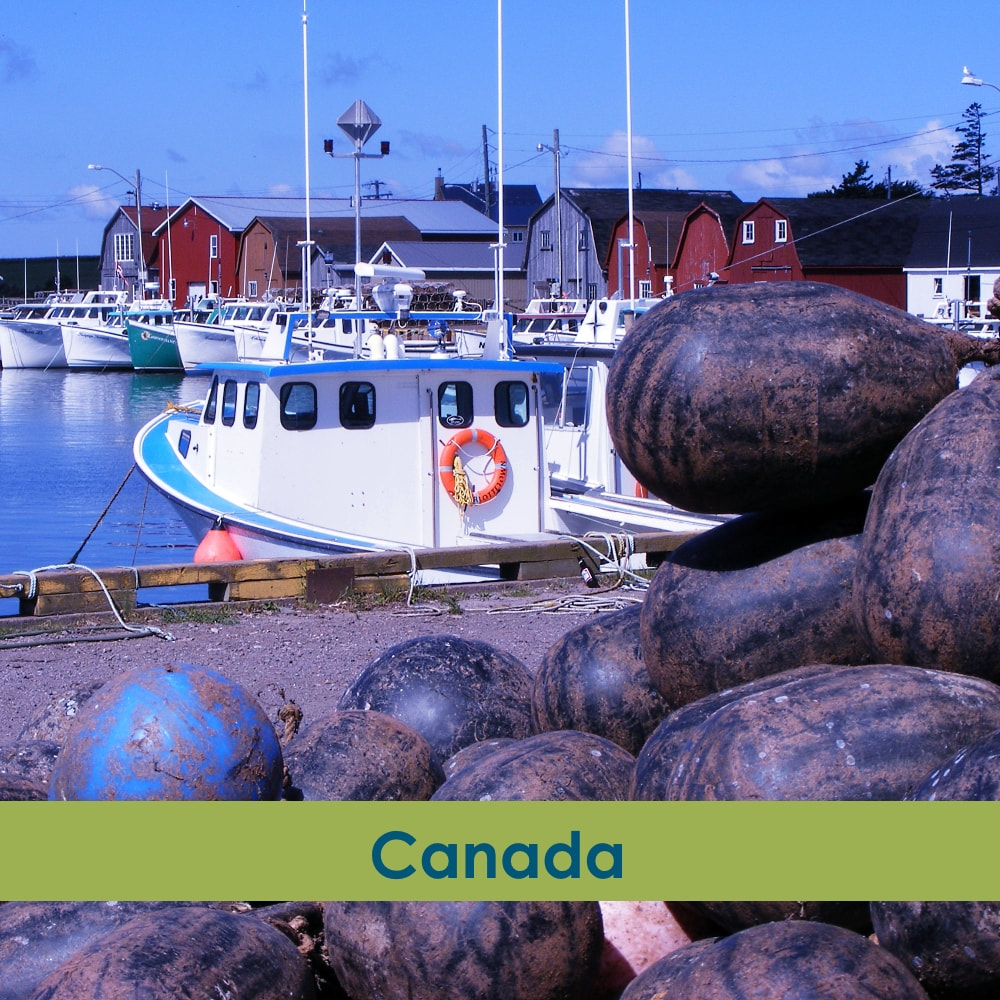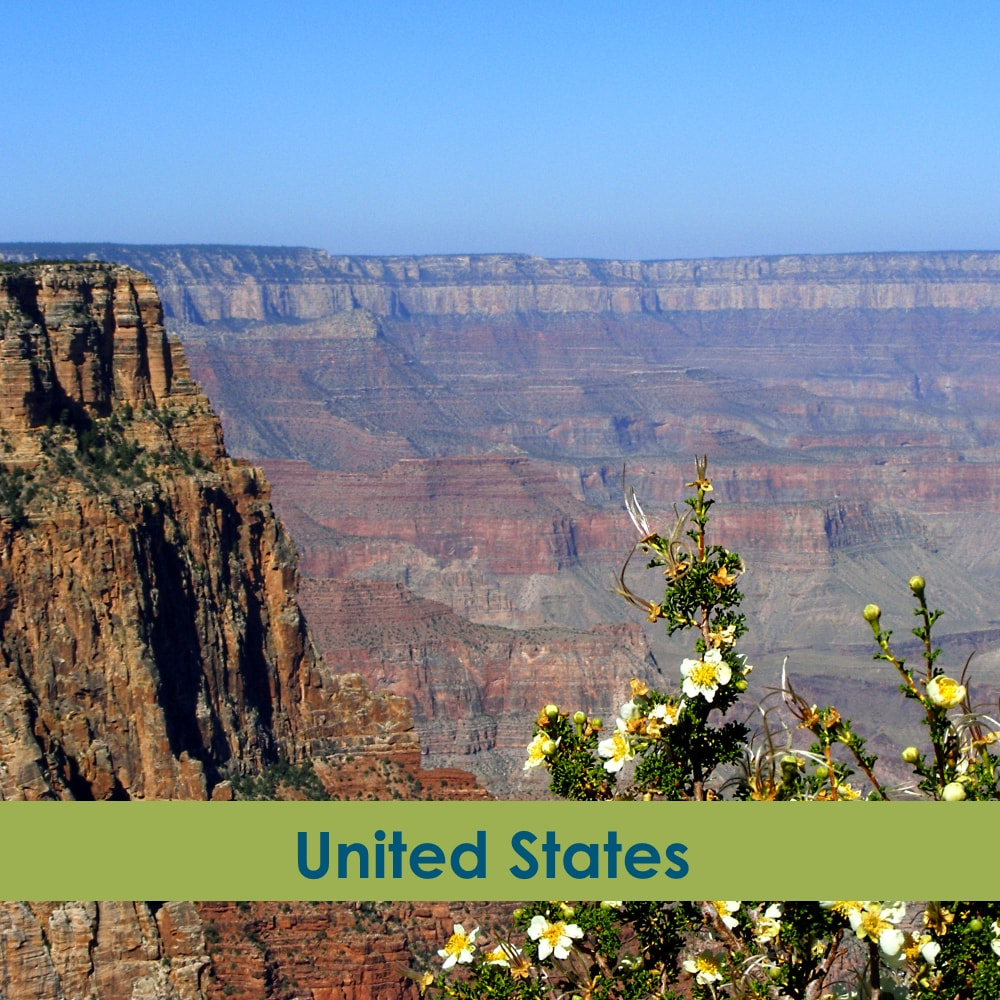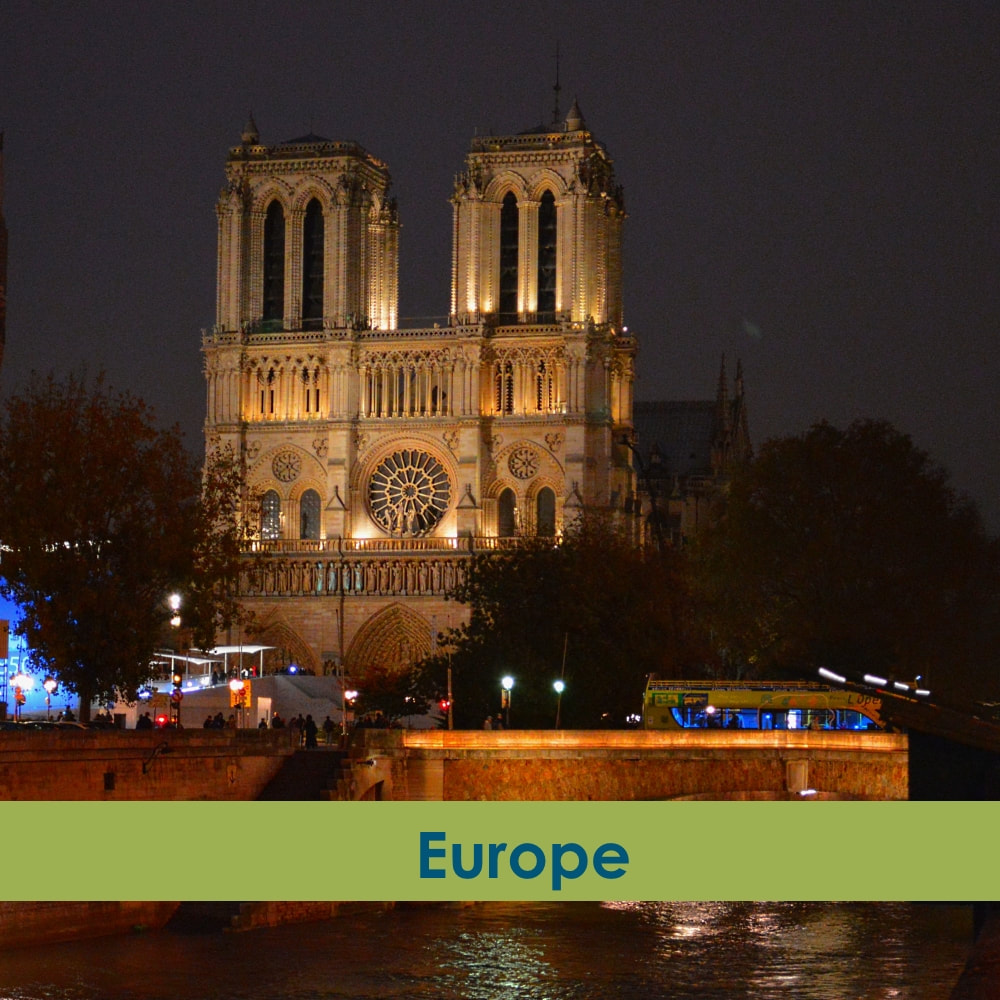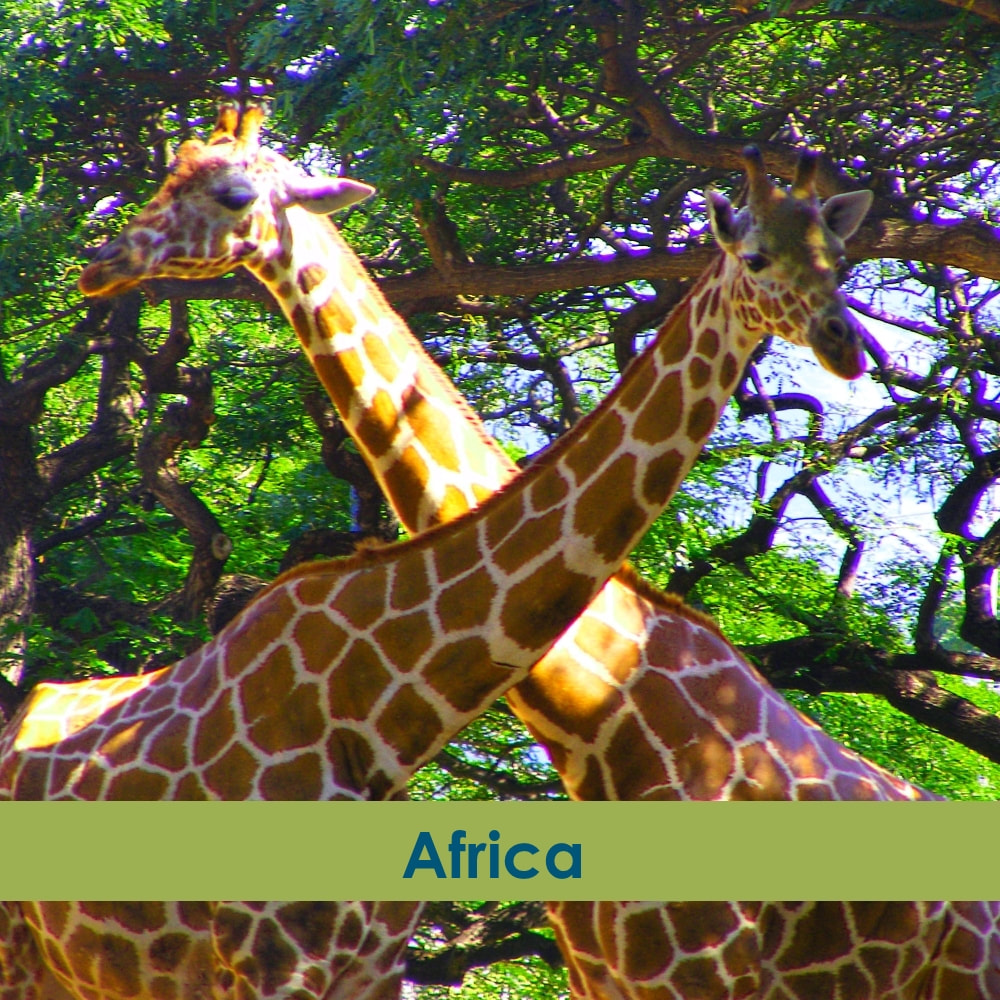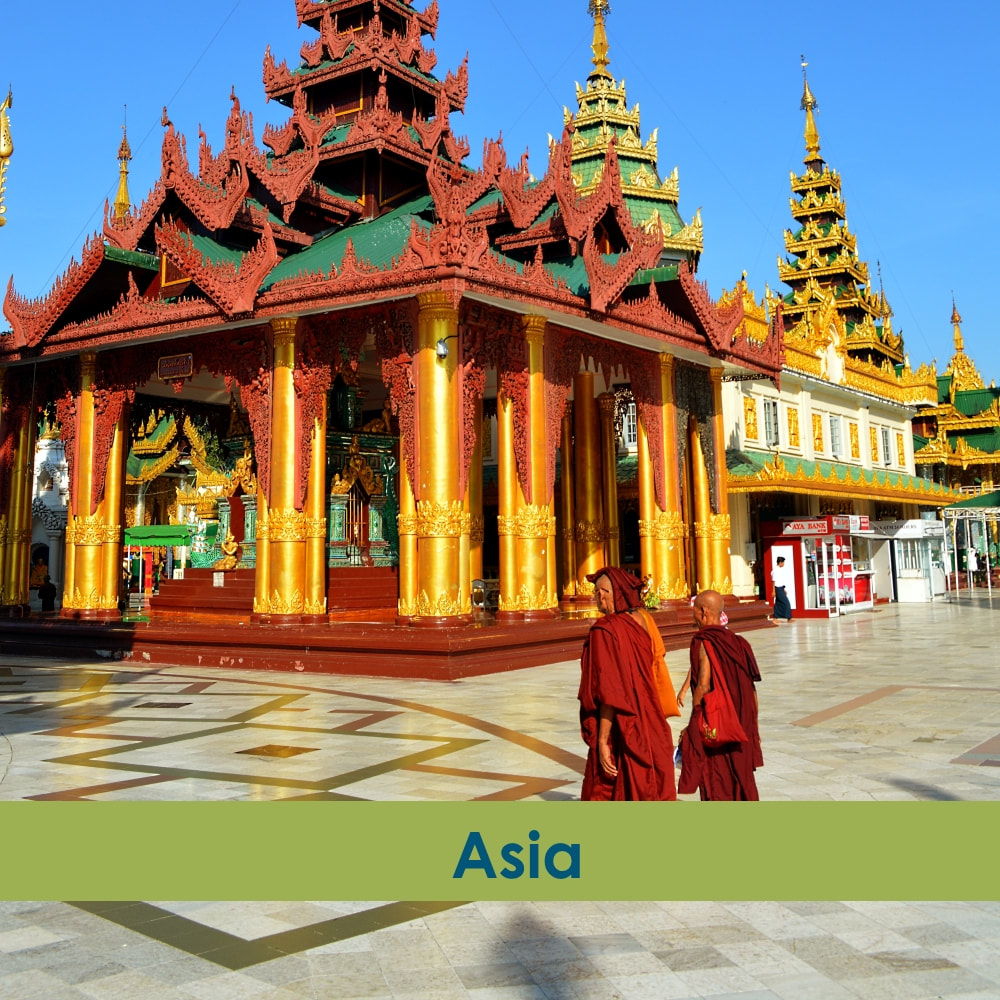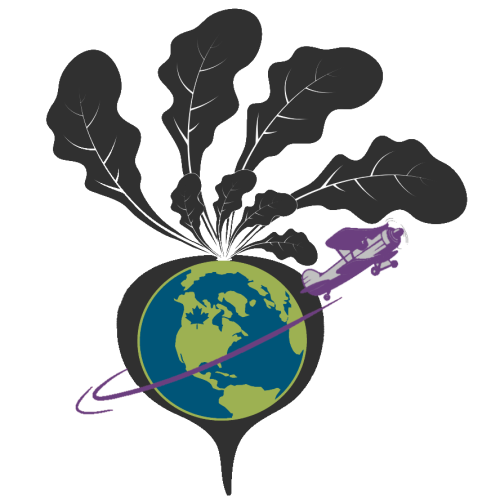In Red Bay, Labrador, I found a small beach that made a big impact. I can’t tell you when Labrador first hit my travel radar.
This rugged, remote Canadian region, a part of the province of Newfoundland and Labrador but physically connected to north-east Quebec, is not a spot for a wimpy traveller like me. Distances are far, amenities can be sparse, and the mosquitoes will strip you bare in seconds. Yet the place they call The Big Land has been calling for me for years. Labrador has topped my travel wish list since the beginning of the pandemic. When I had the opportunity to visit as part of the annual Travel Media Association of Canada conference, I knew I had to go. I dearly wanted to make Labrador’s acquaintance, but it’s doubtful that the region wanted the likes of me. I have no good reason to be enamoured with small Labrador fishing communities like Red Bay and Battle Harbour. My aversion to boats is both legendary and well-founded. Similarly, I can’t tell you why stories from events such as Cain’s Quest, Labrador’s legendary annual 3,100-kilometre snowmobile endurance race capture my heart. I dislike cold weather, sporty things, and noisy fanfare. Frankly, even the process of getting to Labrador is determinedly very non-Vanessa-ish. I like cold foam on coffee, not ferry decks, thank you very much. So, sure, the villages are cute, and the events are spirited, but this is clearly the kind of place I should appreciate through a documentary and not my own Gravol-addled brain. Thankfully, my heart is immune to common sense. I love frugal travel and the Big Apple has some amazing bargains. These are New York City's Best Free Museums and Galleries.  Photo by Oneisha Lee on Unsplash You know how much I love a bargain but New York City doesn’t exactly come across as the most frugal of destinations, does it? However, New York City is full of bargains if you know where to go. There are no-cost public events, like festivals and fairs. Bargain hunters know which markets have the best deals on certain days, and savvy foodies maintain an ever-growing list of cheap eats. There are expensive museums and art galleries which occasionally open their doors for free programming. But sometimes, it’s best to keep things simple.
These remarkable museums, memorials, monuments, and galleries are always free, all of the time. And they’re all well worth checking out. These famous trees in Northern Botswana were first captured by painter Thomas Baines. Here's how you can see them for yourself.
Twenty some years ago, National Geographic devoted a cover story to the topic of Africa and, in doing so, they did something unusual. They declined to use a cover image, rationalizing that there was no one symbol or picture that could encompass the continent.
If they had asked me, I would have made my case for the baobab tree. True, they don’t grow everywhere in Africa but they are an icon of the continent. Residents love them for their fruit, shade, and fibres, as do animals. Visitors adore these funny looking plants that have the appearance of being stuck in the ground upside down. They’re huge, imposing, aloof and yet there’s something about the baobab that’s decidedly homey. Perhaps this is why the Baines' Baobabs in Botswana are so popular. The Baine’s Baobabs are named for British artist Thomas Baines. Baines wasn’t just a painter. He was also an explorer and an active participant on many of the earliest European expeditions to Africa. As such, he both contributed to and memorialized early colonialism. His work fed a mania for “exotic” images of the continent and his painting of seven baobabs in northern Botswana certainly fit the bill. They’re a little weird, a little other-wordly, and utterly captivating. Located in northern Botswana in Nxai Pan National Park, the group of trees that Baines immortalized are estimated to be over 1,500 years old. Also know as "The Sleeping Sisters" (as one tree is growing sideways) they’re considered to be some of the tallest in the area, hitting about 20 feet in height. Thanks to Baines’ legacy and the trees' own magnificence, they’re a popular tourist attraction and Ryan and I were able to see them for ourselves during our camping safari. Here’s how you can do the same. Our favourite things to do in Livingstone include hanging with the rhinos, eating Indian food, going to museums, and relaxing by the river.
You've probably heard a lot about Victoria Falls, one of world's most majestic wonders. But have you heard about its next door neighbour, the small city of Livingston, Zambia?
Livingstone is often treated a bit like a base for exploring other destinations and, to be honest, we were a bit guilty of that ourselves at first. We stayed in Livingstone for about a week as we organized trips in Zimbabwe and Botswana. Thankfully, along the way we clued in to the fact that this is much more than a town that takes care of all the traveling essentials, from groceries to pharmacy, banks to stamps. There is a long list of Livingstone activities to enjoy during your visit and exploring the city was a highlight of our time in Africa. Here's what should be on your radar during your visit. If you want to explore Georges Island National Historic Site, here's how you can do it on your own, with a tour, and even with a picnic! Plus: What to expect on the ferry. Once upon a time, Halifax, Nova Scotia, wasn't just known as a lively city for music, travel, and seaside fun. It was first and foremost a military port. Halifax was on the frontlines of defending Canada from foreign attack. It's a role that thankfully never had to be enforced but for centuries the city has been soaked in military preparations. Now one of Halifax's oldest fortifications, Georges Island National Historic Site is open to the public and I was fortunate to explore it myself.
Georges Island sits in the middle of Halifax Harbour. You can see it from almost any point in the city - I had superb views from my room at the Westin Nova Scotian- but visitors were prohibited until 2020. My friends and family jumped at the chance to visit when the Parks Canada site opened during the pandemic and their reviews were GLOWING. Locals absolutely love this destination and they're extremely proud of their city's history. As they should be! The main attraction on Georges Island is Fort Charlotte. Fortifications here date to 1750 and include an underground tunnel system. While Georges Island has never been attacked, Fort Charlotte and the surrounding area has been used for important military operations over the centuries. Two thousand French soldiers were imprisoned here during the Seven Years War and an estimated 1,660 Acadian civilians were detained during the Expulsion. During the American Revolution, privateers were held prisoner in Fort Charlotte and, during World War II, an anti-aircraft was stationed there. Visiting today is decidedly peaceful experience and a wonderful way to get to know Halifax better. Here's what to expect and how you can explore Georges Island National Historic Site. Ancient Hawaiian petroglyphs are more accessible than you might think at the Big Island's Volcanoes National Park. This is what it was like hiking to see the Pu'u Loa site.
You may have come to Volcanoes National Park to satisfy the child within, to hunt down fiery lava and stalk ancient eruptions. But it’s your inner artist who will be squealing with glee if you’re fortunate enough to explore the legendary ancient Hawaiian petroglyphs at the Pu’u Loa site.
Roughly translated as “the hill of long life”, the archaeological site of Pu’u Loa contains over 23,000 petroglyph images, carved into lava bedrock and dating back centuries. With a keen eye, you’ll see a feathery cape, the billowing sail of a canoe, and the squiggly flash of a lizard. But even if your imagination is a bit rusty, you’ll have no problem deciphering many human forms. And there’s no way you can miss the thousands of ‘dimples’, little cups carved into the rock, which served as repositories for umbilical cords. With the promise of blessings and a long life for a new baby, it’s easy to see why ancient Hawaii families considered the Pu’u Loa such a precious spot. On the banks of the Chobe River, an elephant mourning ritual shows that the cycle of life and death has never been so raw.
|
�
Recent Posts
Posts by Location
Post Categories
All
Posts by Date
June 2024
|
Disclaimers, Privacy, and Cookie Policy |
Top 100 Travel Influencer
As named by the Obama White House in 2014. |
© COPYRIGHT 2024. ALL RIGHTS RESERVED.
|









